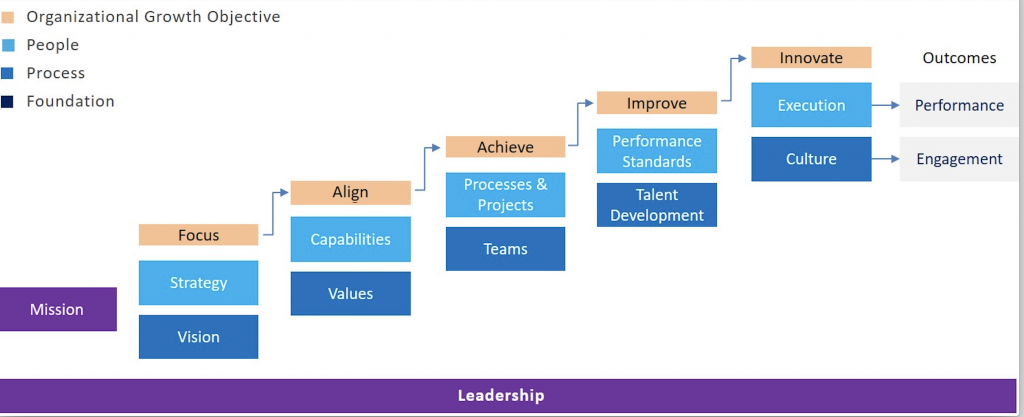 How do you know if your organization is healthy? How do you know that it is poised to achieve its mission over the long run? Does your organization have issues that may not affect immediate performance, but, if allowed to go unresolved, create major risks for the future? What are your organization’s strengths that can be the foundation for improvement opportunities?
How do you know if your organization is healthy? How do you know that it is poised to achieve its mission over the long run? Does your organization have issues that may not affect immediate performance, but, if allowed to go unresolved, create major risks for the future? What are your organization’s strengths that can be the foundation for improvement opportunities?
Leaders need answers to these questions. They need analytical tools that take them beyond performance data. Analysis of performance data alone is not sufficient to guarantee organizational health. The fact that your organization is doing fine today, does not ensure that it will succeed tomorrow. An organization, like the human body, is a complex and dynamic system. Issues that may have a devastating impact on performance evolve slowly over time.
To identify and resolve issues before they impact performance, leaders need a method to systematically assess organizational health. Atul Gawande’s Excellent book, The Checklist Manifesto, offers an approach. Gawande recognizes that doctors, nuclear engineers, and pilots all routinely use dashboards and checklists to understand the complex underlying systems in their work. It follows that leaders of organizations can also benefit from an organizational health checklist.
My blog posts as a GovLoop Featured Contributor will provide a series that leaders may use to assess organizational health. It will offer leaders assessment tools that enable them to focus on the most critical issues and identify the best opportunities to improve.
An organizational assessment checklist provides leaders with complete, consistent and relevant data about their organization, presented in meaningful ways, and directly related to key practices and functions. It provides leaders with the capability to assess and manage complexity, reduce risk, achieve outstanding results, and improve the long-term health of their organizations from both a people and process standpoint.
The graphic below describes a model, which I call the Pathfinder Performance Model™, that provides leaders with a framework to assess organizational health. It defines 12 practices, including leadership, mission, vision and strategy, as the key components of a high-performing organization. The model takes as its premise that each component is vital to the success and ongoing health of the organization and explains how the components work together.

Analysis of the health of each of the components is the key to improving the overall health of the organization. Just like organs in the human body, an organizational component that is performing its function in an efficient manner will display certain attributes that indicate that it is healthy. In contrast, an unhealthy component will display symptoms indicating that the organization may be at risk. Analysis of each component of the model is used to establish a series of indicators that both warn of potential issues and point to areas of improvement. Through the analysis of these indicators, the health of each component, and by extension the health of the overall system, can be assessed and specific areas for improvement identified.
We invite you to use the checklists provided in this blog to perform your own self-assessment of your organization’s health. This week we begin with a quick survey that will identify which key management components of your organization are at risk. Please take the checklist survey by clicking on the following link.
https://www.surveymonkey.com/r/F6GYZ2J
Next week we will report back on results and discuss which components are most at risk in the Federal and local government. In the following weeks, we will provide in-depth checklists for each of the twelve components of a high performing organization.
Dr. Andrew Pavord is a GovLoop Featured Contributor. He is a former government executive who currently is the CEO of the Federal Consulting Alliance. He led budget processes for DC government, SBA, and Treasury, managed department headquarters operations for Treasury, and served as chief of staff to the CFO of the Department of Veterans Affairs. Read his posts here.





Leave a Reply
You must be logged in to post a comment.